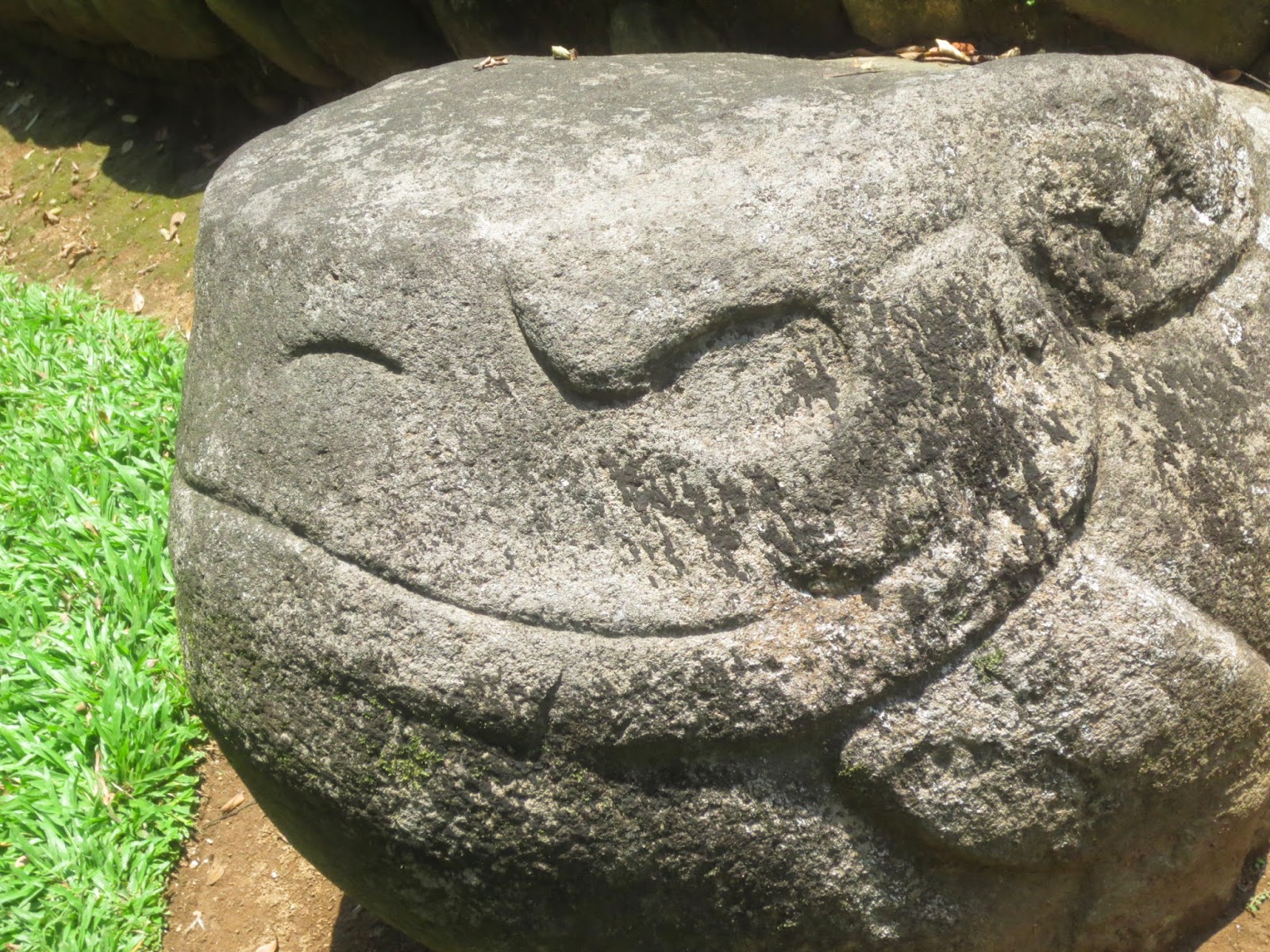 |
| Oskar Schindler's office, in the Schindler Factory Museum |
 |
| An enlarged reproduction of Schindler's list |
Visiting a museum like this wasn't easy. Life in Krakow under the Nazi occupation was difficult and dangerous. Life in Auschwitz was, of course, much worse. To see the human tragedies depicted here was to see some of the worst of humanity.
 |
| The tinware sarcophagus, a memorial to the Jewish workers at the factory |
The Room of Choices was a circular room, with quotations on the walls in many languages. These quotes described the actions of those who, faced with ethical choices, took action to assist another person, even if that choice imperilled their own lives. The rotating pillars around the room presented occasions when people might have helped, but did not.
Before leaving, we were invited to peruse a book that featured some of the courageous and generous acts people did for others during this time. Each page was labelled with a virtue, such as humanitarianism, compassion, or dignity, and told a story that illustrated that virtue in action.
Oskar Schindler was no saint. He was a Nazi, a heavy-drinking womanizer who began his business as a profiteer. Why did he do what he did? He is quoted as saying, "I did what I could, what I had to do, what my conscience told me I must do. That's all there is to it."
 |
| Some of the more than 1200 Jewish people saved from death at Auschwitz by Oskar Schindler |















